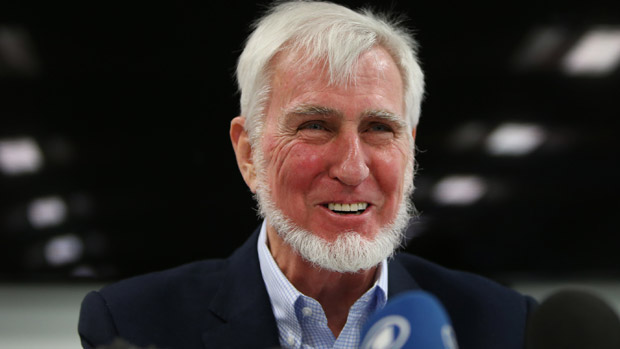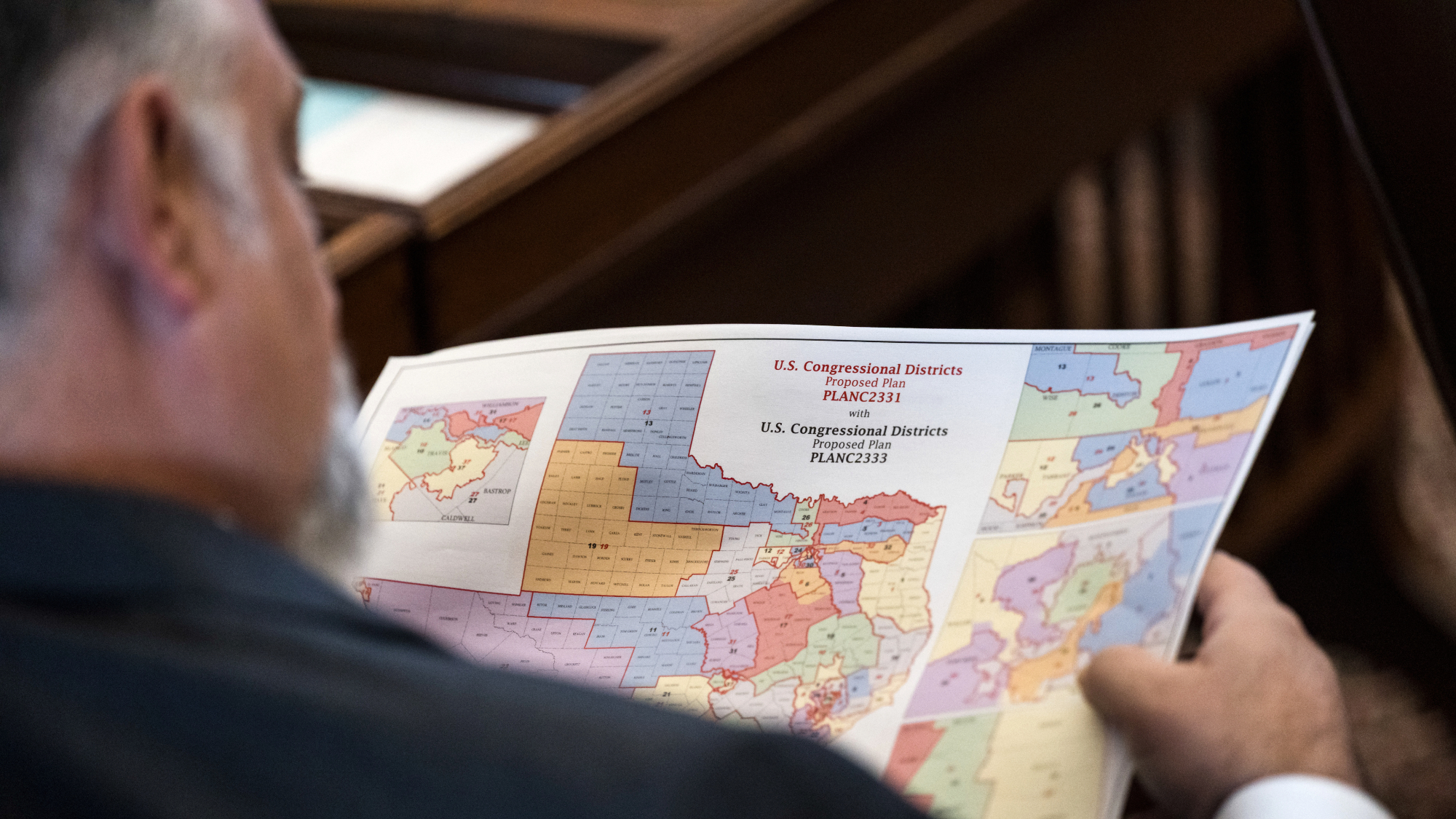Nobel prize for medicine: 'human GPS' pioneer rewarded
British professor John O'Keefe among trio who discovered the brain's internal navigation system

British researcher Professor John O'Keefe is among three scientists recognised today by the Nobel committee. Together with husband-and-wife team Edvard and May-Britt Moser, he has been awarded the Nobel prize for physiology or medicine for discovering the brain's internal 'GPS system'.
What have the three scientists discovered?
O'Keefe and the Mosers are credited with explaining how we know where we are, spatially, and how the brain keeps track as we move around. The mechanism they have described has been dubbed a 'human GPS'.
The Week
Escape your echo chamber. Get the facts behind the news, plus analysis from multiple perspectives.

Sign up for The Week's Free Newsletters
From our morning news briefing to a weekly Good News Newsletter, get the best of The Week delivered directly to your inbox.
From our morning news briefing to a weekly Good News Newsletter, get the best of The Week delivered directly to your inbox.
How did the discovery begin?
The Daily Telegraph says the New York-born professor, who now holds dual British-Ameircan nationality, is being recognised for work he did as long ago as 1971, when his fellow winners were still in primary school.
What was O'Keefe's role?
Working at University College, London, O'Keefe discovered in 1971 that a particular set of nerve cells in a rat's brain became active when the animal was in one part of a room, while a different set were active when it was elsewhere. He dubbed these 'place cells'.
A free daily email with the biggest news stories of the day – and the best features from TheWeek.com
Was the importance of his discovery recognised at the time?
Not at first. The BBC quotes Prof John Stein from the University of Oxford as saying: "I remember how great was the scoffing in the early 1970s when John first described place cells. Now, like so many ideas that were at first highly controversial, people say: 'Well that's obvious!'"
How did the Mosers become involved?
The couple hail from Norway but May-Britt became a visiting scientist at O'Keefe's institution - UCL - in the 1990s, while Edvard worked at his London laboratory. Nine years later, in 2005, they made further discoveries about the internal 'GPS' systems of rats.
What did the Mosers discover?
The couple demonstrated that nerve cells in the entorhinal cortex, a part of the brain near the place cells, are activated when a rat passes certain locations. The locations form a hexagonal grid in the rat's brain - and these grid cells allow the rat to use a co-ordinate system to navigate.
-
 Supreme Court revives Texas GOP gerrymander
Supreme Court revives Texas GOP gerrymanderSpeed Read Texas Republicans can use the congressional map they approved in August at President Donald Trump’s behest
-
 Boat strike footage rattles some lawmakers
Boat strike footage rattles some lawmakersSpeed Read ‘Disturbing’ footage of the Sept. 2 attack on an alleged drug-trafficking boat also shows the second strike that killed two survivors who were clinging to the wreckage
-
 Elizabeth Gilbert chooses books about women overcoming difficulty
Elizabeth Gilbert chooses books about women overcoming difficultyThe Week Recommends The bestselling author shares works by Tove Jansson, Lauren Groff and Rayya Elias